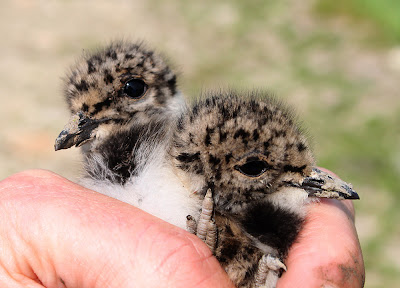I really didn’t expect too much from my highlighting on this blog the Defra proposal to control Buzzards. Neither did I anticipate a result from contacting my Member of Parliament, and probably not from signing an on-line petition. However, read the piece below from yesterday’s Daily Telegraph to see how we as individuals and as organised wildlife lovers can make a difference if we make our voices heard.
“The Department for the Environment (Defra) was offering nearly £400,000 to research the control of Buzzards around shooting estates, including removing nests and taking birds into captivity.
The Royal Society for the Protection of Birds led protests against the "scandalous" use of tax-payers' money. After less than a week, Richard Benyon, the Wildlife Minister, said the research project has been scrapped, although he was hopeful work could continue into alternative forms of control.
“In the light of the public concerns expressed in recent days, I have decided to look at developing new research proposals on Buzzards," he said. "It is right that we make decisions on the basis of sound evidence and we do need to understand better the whole relationship between raptors, game birds and other livestock. I will collaborate with all the organisations that have an interest in this issue and will bring forward new proposals."
"The u-turn comes after Defra was also forced to back down over plans to sell forests and the Department for Communities watered down unpopular planning laws. It is a further embarrassment to David Cameron's beleaguered government after the u-turn over the pasty tax and gay marriage".
"Buzzards, that are now the UK's most widespread bird of prey, mainly scavenge for dead rabbits and birds but will take young chicks and eggs. The shooting industry that releases millions of young pheasants into the countryside for shooting later in the year claim that the growing number of Buzzards is destroying business.
Tim Bonner, Campaign Director for the Countryside Alliance, said the research should be going ahead as Buzzards are now a problem for shoots and songbirds."“The Countryside Alliance is bitterly disappointed by DEFRA’s u-turn on this sensible, proportionate, study into Buzzard control. While the breeding success of Buzzards in Britain over the last decade can be been welcomed by all, it has had an impact on other parts of the countryside that now needs proper consideration. Wild animal management is an essential part of the countryside that is largely misunderstood by those in towns, cities and, apparently, Whitehall. The bird charities have erupted in protest because it is their interest to oppose any raptor management programmes, but the truth is that many of them, including the RSPB, actively manage populations of corvids on their own estates. This study was explicitly non-lethal and right for the countryside as a whole. That the Government has chosen to ignore rural people in favour of a large and vocal special interest group shows ministers are now willing to give in to whoever shouts the loudest.”
But Martin Harper, the RSPB’s conservation director, said it was unacceptable for the Government to use public money to carry out unnecessary and unpopular research.
“We’re pleased the Minister has listened to people’s concerns and acted in the public interest by cancelling this project. This is a strong decision, reflecting the strength of the nation’s desire to see Government protecting precious wildlife. The recovery of the Buzzard is being celebrated by the public after many decades of persecution. It is clear they don’t want their taxes being spent on removing Buzzards and the Government has to ensure that no bird of prey will be killed in the name of sport. We don’t want anything to distract Defra from the pressing task of saving our threatened wildlife. It should be putting its limited resources into areas such as preventing the extinction of Hen Harriers in England. Government-backed research has already concluded that illegal persecution is limiting the populations of Golden Eagle and Hen Harrier. The RSPB believes there are well-tried non-lethal solutions."
Well said the RSPB and congratulations to the BTO for walking out from the so called discussions. Meanwhile the pathetic Countryside Alliance tries in desperation to add the "songbirds" red herring into the equation .
I think I'll go out birding tomorrow where hopefully I'll see a Buzzard or two and give them a cheery wave.






















































































